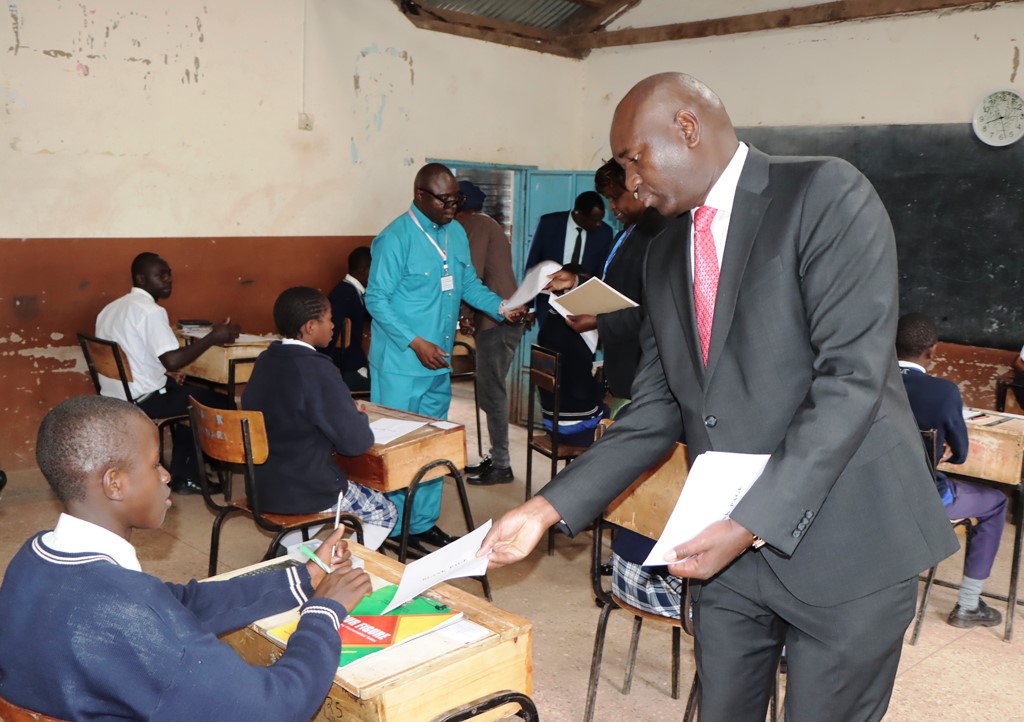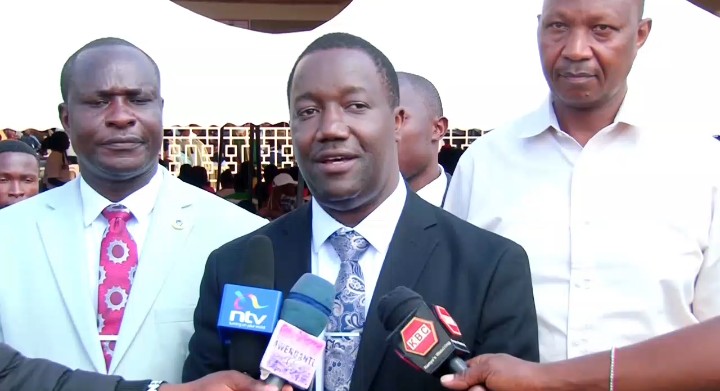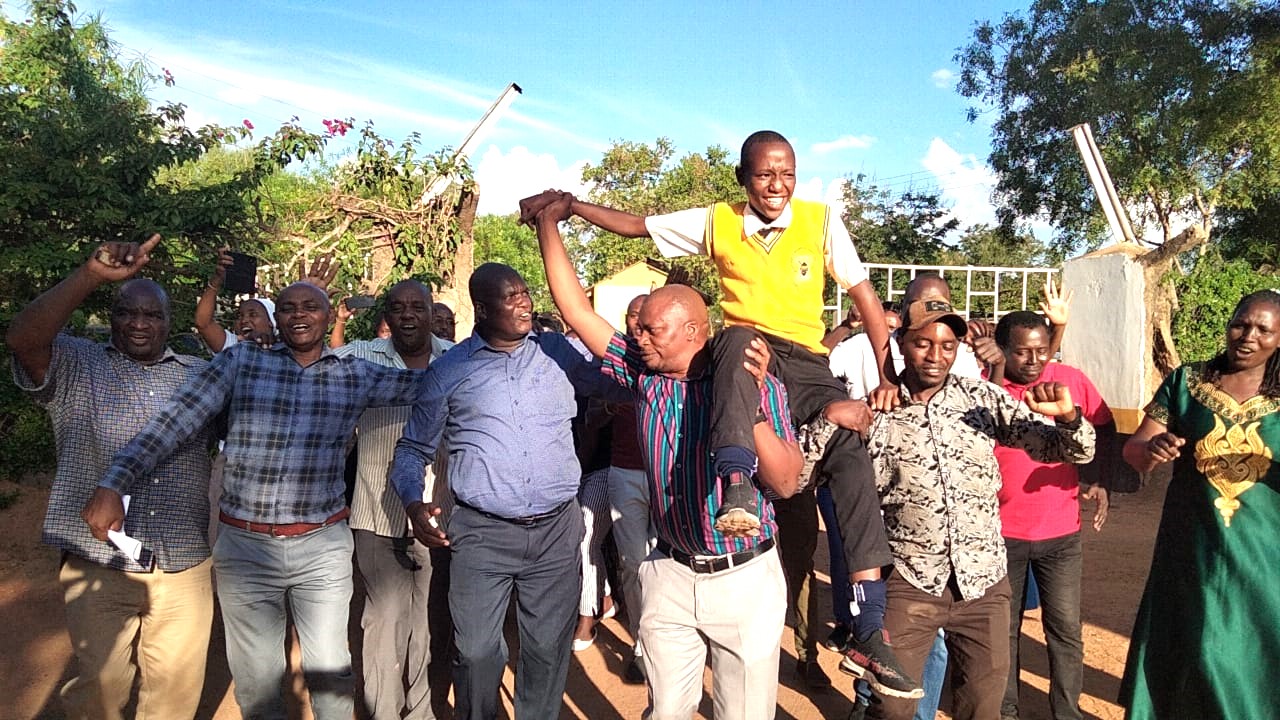As the curtains rise on the inaugural Kenya Junior School Education Assessment (KJSEA), a familiar debate has resurfaced in staffrooms, homes, and social media platforms: Has KCPE returned under a new name? To many, the sight of candidates sitting for national tests and parents anxiously awaiting results evokes memories of the Kenya Certificate of Primary Education (KCPE). Yet beneath the surface, the two assessments are fundamentally different. The KJSEA is not a reincarnation of KCPE; it is a reflection of a new philosophy in education—one that emphasizes competencies, inclusion, and holistic growth over competition and elimination.
The first point of departure lies in the philosophy of learning that guides the two systems. KCPE, introduced in 1985, was a summative examination designed to rank, select, and sometimes reject learners. Its primary aim was to determine who could proceed to secondary school, and who could not. Performance was defined by scores and national ranking, reducing years of learning into a single numerical verdict. The KJSEA, however, emerges from the Competency-Based Curriculum (CBC), a framework built not on memory but on mastery. It seeks to understand how well learners can apply what they know to real-life situations. In CBC, assessment is not a judgment day—it is a mirror reflecting how far a learner has developed in knowledge, skills, and attitudes.
A glance at the KJSEA grading system reveals this transformation in spirit and design. Instead of the familiar A to E grades, KJSEA uses performance levels coded as EE, ME, AE, and BE—standing for Exceeding, Meeting, Approaching, and Below Expectation respectively. Each level has two sub-bands, making eight tiers in total: EE1 (90–100%), EE2 (75–89%), ME1 (58–74%), ME2 (41–57%), AE1 (31–40%), AE2 (21–30%), BE1 (11–20%), and BE2 (1–10%). The descriptors—Exceptional, Very Good, Good, Fair, Needs Improvement, Below Average, Well Below Average, and Minimal—paint a picture of progress rather than punishment. They are diagnostic, not punitive. They tell a learner, “Here’s where you are, and here’s how to grow.”
Furthermore, unlike KCPE, KJSEA is not an end in itself. Its purpose is placement, not elimination. It helps determine which pathway a learner will take in senior school—be it Science, Arts, Sports, or Technology—based on their strengths and competencies. No learner is locked out of education. Instead, they are guided into spaces where their abilities can flourish. This inclusive orientation marks a sharp break from the KCPE era when thousands of learners were left stranded every year because their marks did not meet the cutoff for secondary education. The CBC and KJSEA recognize that every learner is gifted differently, and that education must create room for all.
Another significant shift is in how learning is measured. KCPE was a one-time, high-stakes exam conducted after eight years of schooling. The entire weight of a learner’s effort rested on three days of testing. KJSEA, on the other hand, blends continuous assessment with a national summative component. School-Based Assessments (SBA) from Grades 7, 8, and 9 contribute a substantial portion of the final evaluation. This means that a learner’s performance reflects consistent effort across time, rather than a snapshot captured in exam conditions. It rewards diligence, creativity, and consistency—qualities often invisible in traditional exams.
Critics who argue that KJSEA resembles KCPE point to the use of marks and national coordination. Yes, the Kenya National Examinations Council (KNEC) still oversees the process, and actual marks are used internally for placement. However, the reporting and interpretation are entirely different. The result slips will emphasize descriptive feedback rather than raw marks. In essence, the numerical data are background tools for educators—not weapons for ranking or humiliation. Parents and teachers receive a learner profile, not a scoreboard.
The psychological climate surrounding the KJSEA also contrasts sharply with that of KCPE. The pressure, secrecy, and fear once associated with national exams have been deliberately diffused. Continuous assessments mean that no learner’s fate hinges on a single event. Teachers, too, are shifting from drillmasters to facilitators of learning. The focus is on nurturing curiosity, problem-solving, and communication—skills that define success beyond school walls.
Moreover, the objectives of assessment have evolved. KCPE measured recall—the ability to reproduce facts and formulas. KJSEA measures competence—the ability to think, analyze, and apply. For instance, a learner in Science is not only tested on remembering the parts of a flower but also on applying that knowledge to explain pollination in a local context. In English, it’s not about reproducing definitions of nouns but about using language to express ideas clearly. This shift from content mastery to skill demonstration embodies the spirit of 21st-century learning.
READ ALSO:
How nutrition shapes a child’s learning and early development
The broader societal implications are equally important. KCPE entrenched a culture of competition where success was defined by how many failed below you. KJSEA, in contrast, promotes a culture of collaboration and self-improvement. It sends a message that education is not a race to the top but a journey of growth. This aligns with Kenya’s Vision 2030 and the global Sustainable Development Goals, which advocate inclusive and equitable quality education for all.
Still, transitioning from one philosophy to another comes with challenges. Many parents and teachers were themselves products of the KCPE era. It is therefore understandable that they interpret new systems through old lenses. They see tests, they see invigilators, and they conclude that “KCPE is back.” What is needed is public education and mindset change. Stakeholders must understand that the form may look familiar, but the function is different. A thermometer and a stopwatch may both be instruments, but one measures heat while the other measures time.
Ultimately, KJSEA marks the maturation of CBC, not a return to the past. It represents a learning culture that values competencies over cramming, effort over luck and inclusion over exclusion. The focus is no longer on sorting learners into winners and losers but on helping each discover where they thrive best. When implemented faithfully, KJSEA will nurture a generation of thinkers, creators and problem-solvers equipped for modern life.
So no, KJSEA doesn’t signal the return of KCPE. It signals something far more hopeful—the dawn of an education system that measures learning by what learners can do, not merely by what they can recall.
By Ashford Kimani
Ashford teaches English and Literature in Gatundu North Sub-county and serves as Dean of Studies.
You can also follow our social media pages on Twitter: Education News KE and Facebook: Education News Newspaper for timely updates.
>>> Click here to stay up-to-date with trending regional stories
>>> Click here to read more informed opinions on the country’s education landscape
>>> Click here to stay ahead with the latest national news.






